In the last ten years, the market for newborn photography has reached new heights. Millennials are driving a whole new movement towards documenting these early memories — and sharing them with loved ones through social media. In 2015, Vogue reported that newborn photography had officially gone “mainstream,” and this year, viral baby photoshoots reminded us that this genre is still evolving in terms of breadth and creativity.
Here are our top tips for photographing babies.
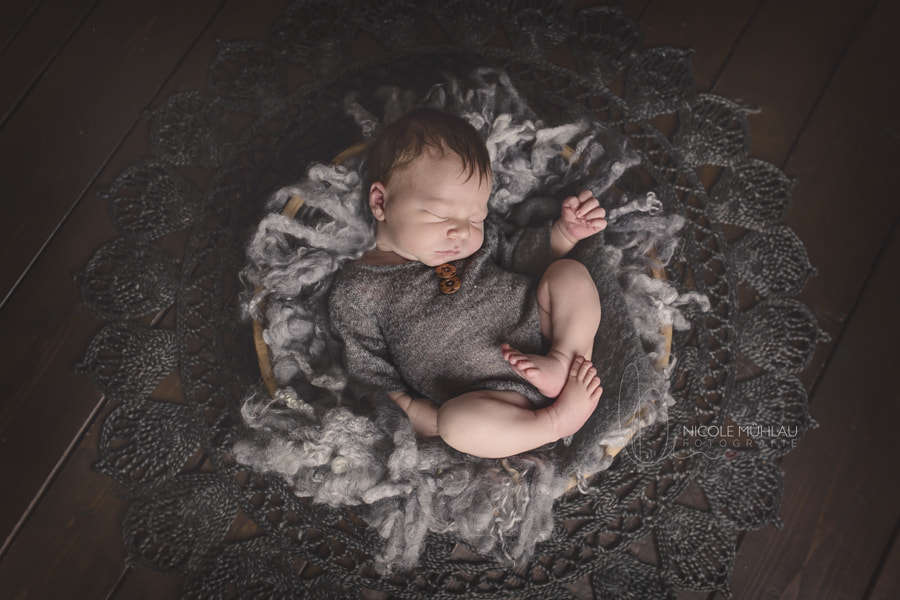
1. Prioritize the baby’s comfort
A warm baby, with a full belly, will be happy to relax and doze off during a photoshoot, which is exactly what you want if the baby is just a few days old — after about 10 days, they’ll start moving around more. If you’d like to photograph the baby asleep, ask the parents about their nap schedule before the shoot, and organize accordingly. Before you start, see to it that your little model is snug, cozy, and fed.
Consider bringing a white noise machine for a soothing atmosphere. Alternatively, you can also download an app like Cradle for additional music and sounds. Some posing is fine, as long as the baby is content and fully supported throughout the process. For comfy poses and easy handling, consider staging the baby on a beanbag.
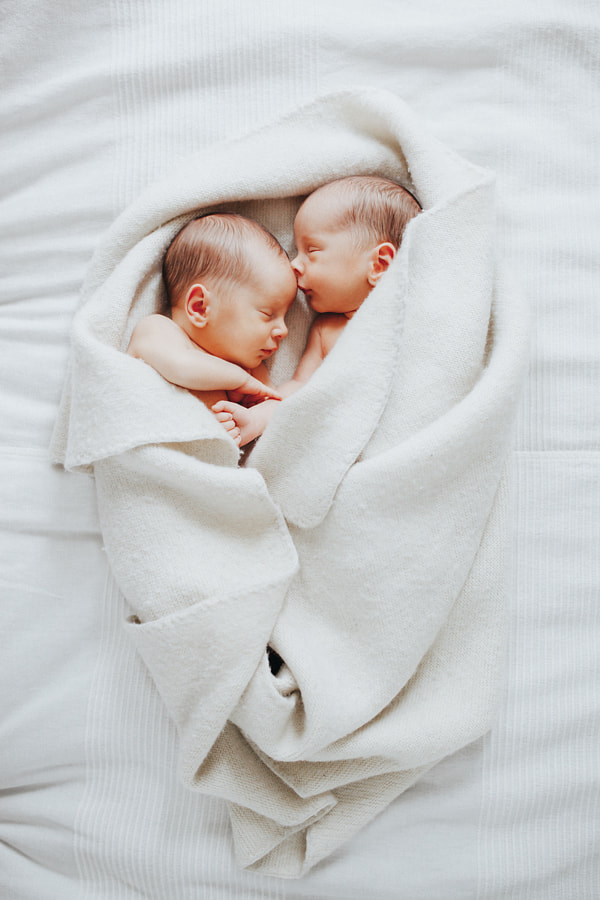
2. Make safety a priority
Attend a workshop or training session with an experienced newborn photographer, or take a course to get certified on the ins and outs of safety for newborn photoshoots. For example, you will want to leave the flash at home, and rely instead on soft, indirect window light to protect the infant’s eyes.
Babies have positions they like and ones they don’t, which varies based on the child, so pay attention to body language and follow the newborn’s lead. Keep in mind that many of the popular “poses” you see in newborn photography are composites done in Photoshop — including the “froggy,” where the head is resting on the hands.
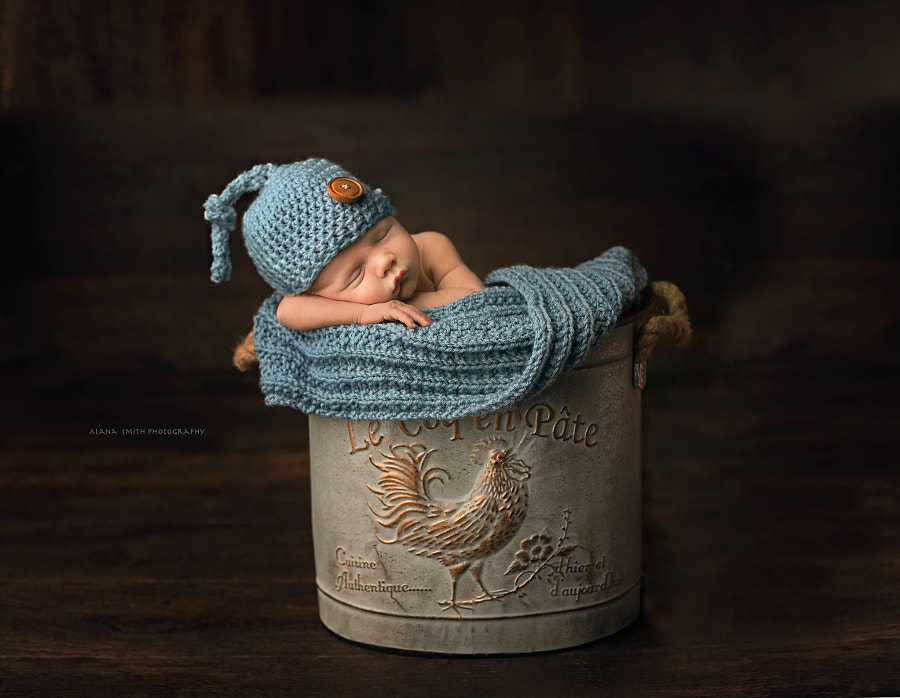
3. Bring an assistant
Babies don’t follow directions, so having a savvy assistant can be a tremendous help. While you’re busy snapping away and chatting to the parents, the assistant can be playing peek-a-boo to make the baby laugh. Make sure your assistant understands baby behavior and safety protocols, as these skills will prove more valuable than any technical expertise. A baby can wake up, wriggle, or kick at any time, so you’ll need someone there to “spot” them for added security and peace of mind.
If you look at some of the earliest examples of baby portraiture, you can often find a parent hiding in the background, holding the infant in place. Newborn photography has never been a solo endeavor, and you don’t have to do it alone.
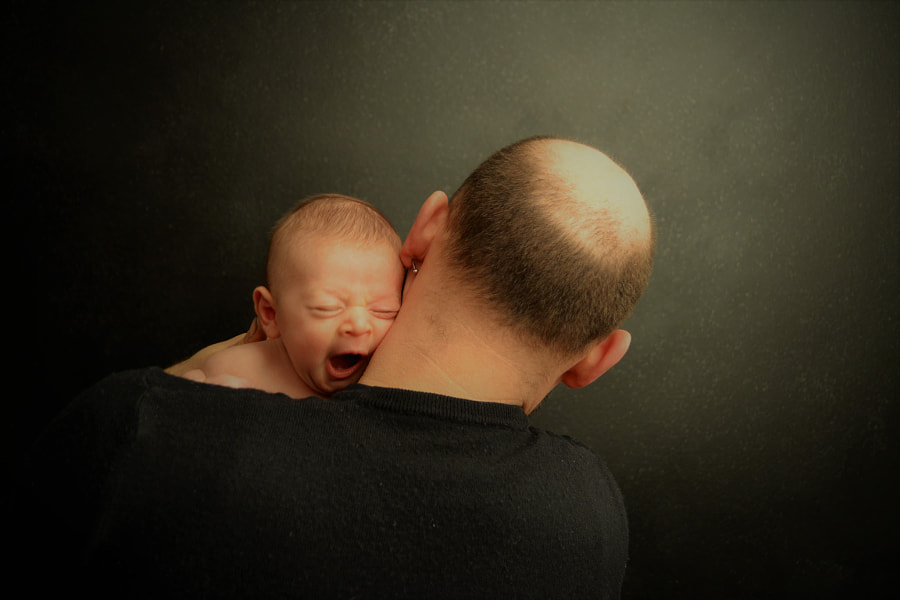
4. Include the parents
As with most photoshoots, you’ll want to get to know your client — the parents — before you do anything else in order to make them comfortable. Remind them to gather all the props they’ll want to have in their photos: a hand-stitched heirloom quilt, a stuffed animal from grandma, a favorite pacifier.
Send them a quick checklist of what they should do to prepare for the shoot — e.g., selecting clothes for themselves and the baby (any baby outfits should be breathable and easy to take on and off) and keeping the baby awake for an hour or two before the shoot, so they’re nice and sleepy. That way, they won’t have anything to worry about once you get there.
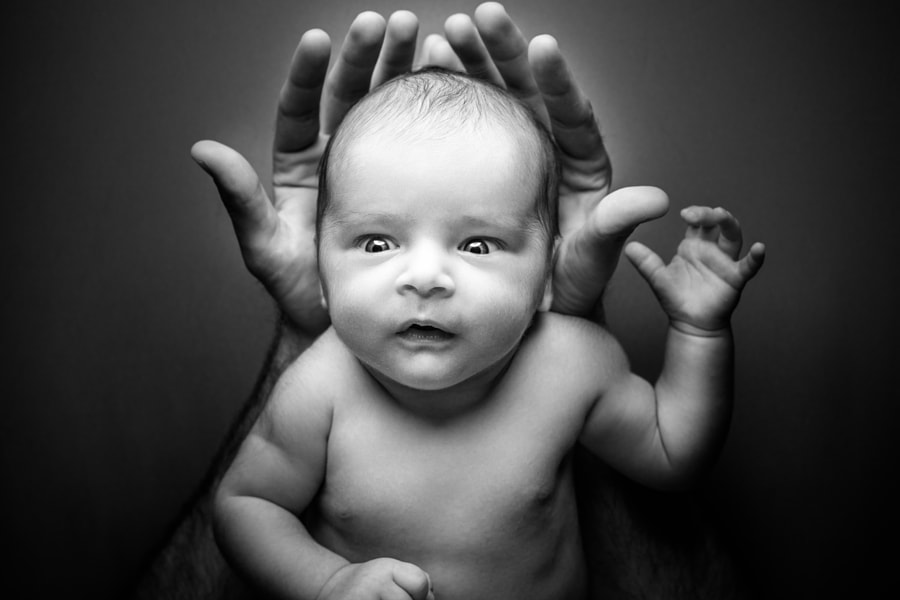
5. Focus on the “firsts”
Many parents elect to do a “Fresh 48” session — a shoot that takes place within the first day or two (48 hours) after the birth, often in a hospital or at home in the case of a home birth.
During these sessions, you often get a chance to cover a lot of milestones — including little ones like the baby’s first bath. Paying attention to those fleeting details (e.g., the hospital armband) and rituals (e.g., the cutting of the umbilical cord) within the first few hours and days will result in meaningful, timeless images.
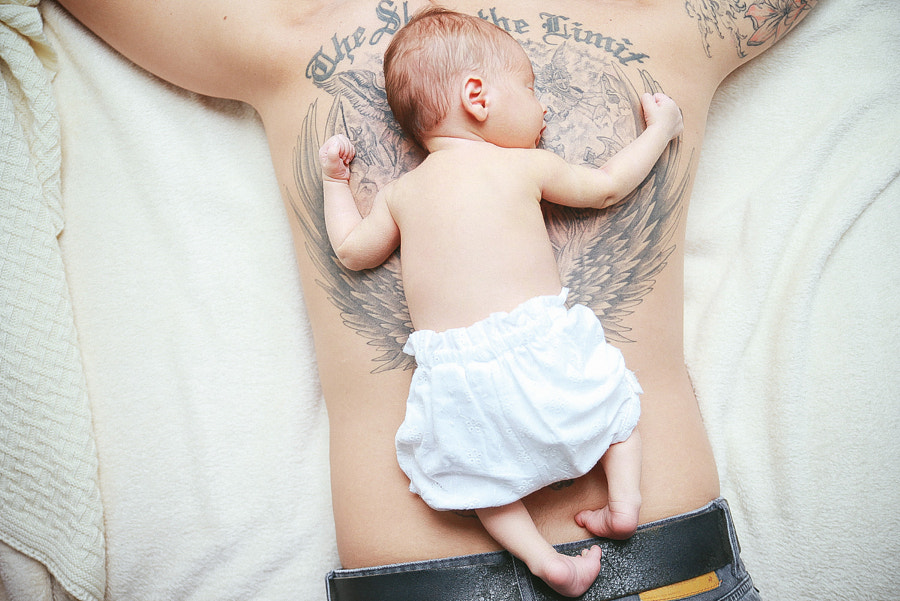
6. Provide a sense of scale
Newborns are tiny, so highlight their size. Place that itty-bitty baby hand on top of a giant Mom or Dad’s hand, include a ruler in your frame, or introduce other props to showcase this specific stage in the baby’s growth.
Keep any props and outfits simple and intentional so as not to detract from your main subject — the newborn! Get creative and try different angles.
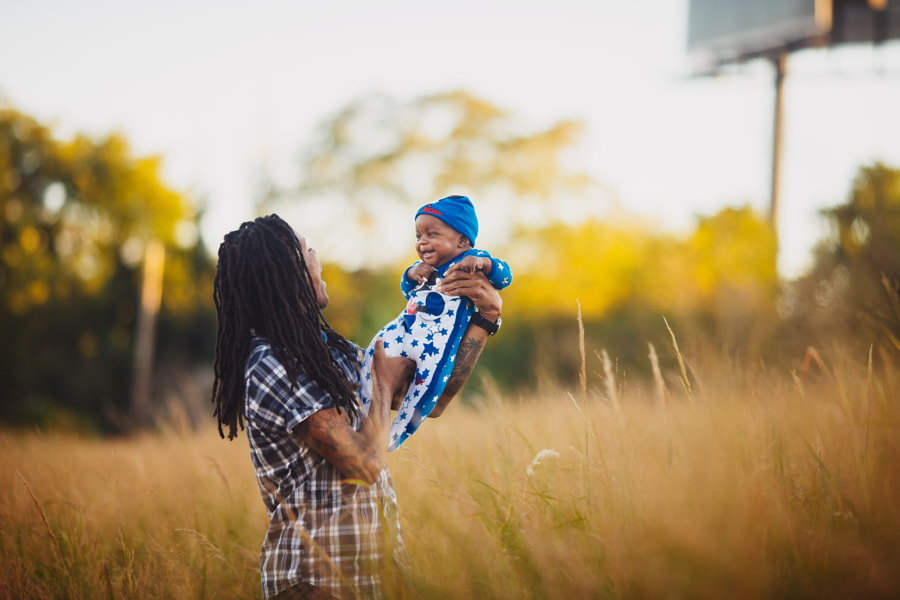
7. Mix it up with both posed and candid shots
When we think of newborn photography, we generally think of classic portraits of a baby sleeping in a bassinet or curled up on a blanket. These formal, solo set-ups are great, especially with dozing babies under the age of 14 days, who naturally curl up into those adorable poses. At the same time, newborn photography can also veer into the realm of documentary/lifestyle work, especially if it’s an at-home session.
In addition to staged shots, remember to grab some spontaneous moments as well, especially when the baby is interacting with the parents. You may also want to get any siblings in the shots too. If they’re young, try to photograph them at the beginning of the shoot, so they don’t get restless or bored. If shooting in the client’s home, remember to include scenes from the brand-new nursery — the parents have worked hard on it and will want to have those photos years down the road.
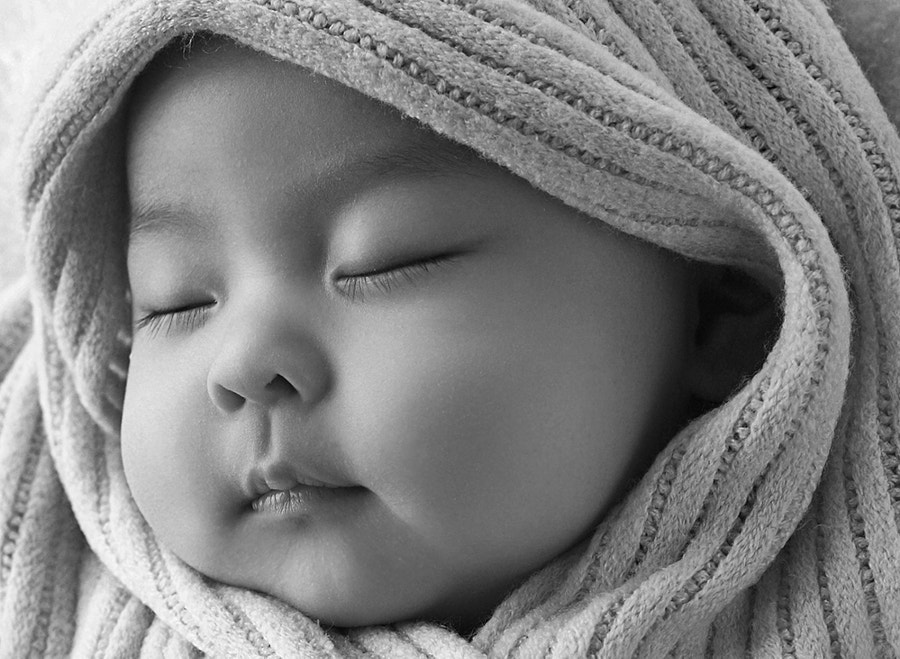
8. Don’t forget the macro lens
In addition to environmental portraits, capture the details: delicate eyelashes, gripping fingers, wrinkly skin, and wiggling toes.
Babies tend to be calmer in the morning, so if you schedule an early shoot, you’ll have a better chance of being able to zoom in and catch those macro shots while they’re asleep and relaxed.
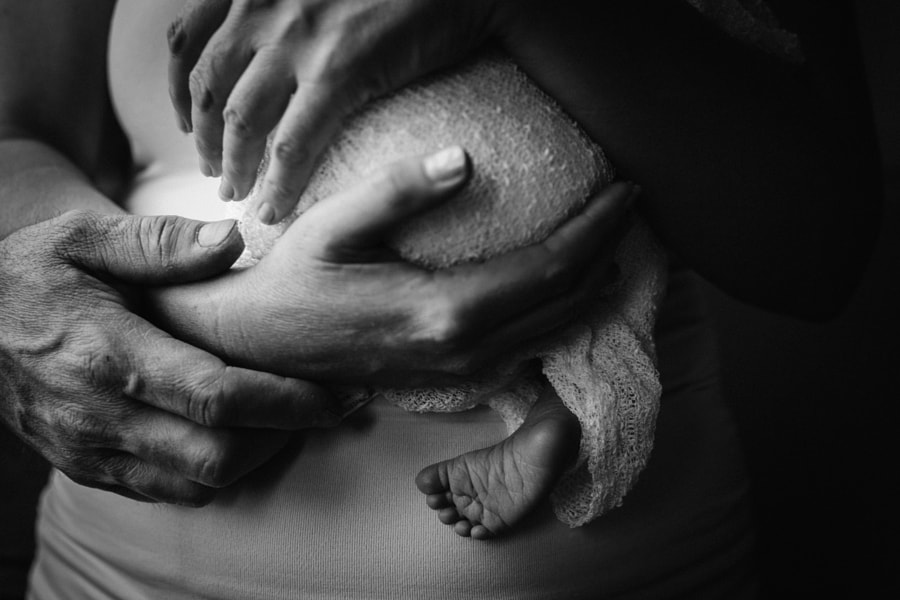
9. Turn off all phones
Anne Geddes, one of the most celebrated baby photographers of all time, has a rule on set: no phones allowed.
When you’re working with a newborn, all your attention should be on the baby. Toys and props are great, as long as they don’t become distractions. Without the constant buzzing of notifications, you’ll be able to connect better with the parents and hone-in on the baby’s unique personality.
Not on 500px yet? Sign up here to explore more impactful photography.